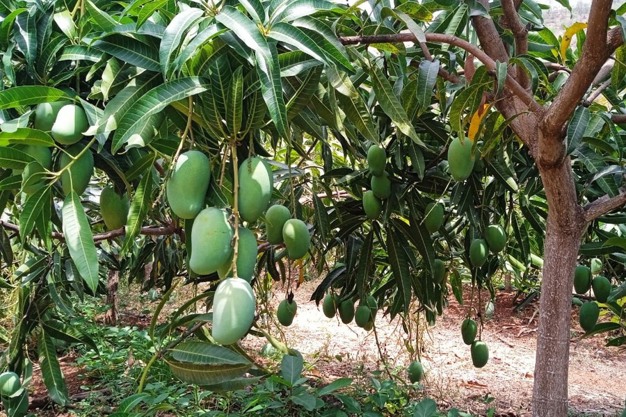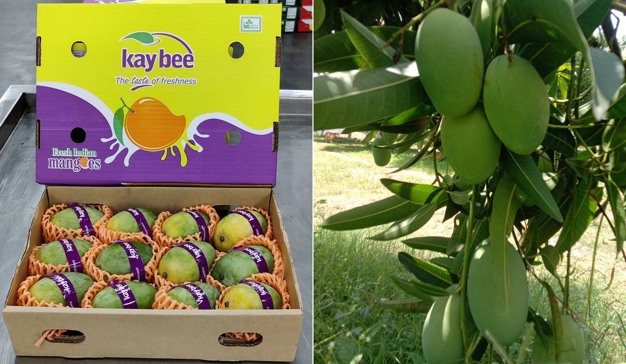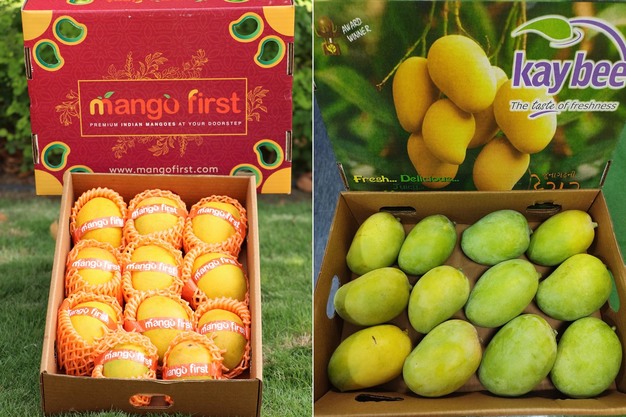The mango season in India has been ongoing for a few weeks now. According to Kaushal Khakhar, CEO of Indian fresh produce exporter Kay Bee Exports, the season should last until the end of June: "Thanks to a favourable weather and the absence of unseasonal rains, the mango season started early this year and the crops are looking very favourable. Of the two varieties mainly exported from India, the Alphonso has been available for the past few weeks and the Kesar will start being available from the middle of April until the end of the month of June. India being the largest mango producer with 20 million tons harvested in 2022, many more varieties are available, however Alphonso and Kesar mangoes are the most sought after and enjoyed varieties, by consumers across the globe."

Since the mangoes will be transported via air, the Red Sea situation should have a minimal impact on the season, Khakhar explains. However, it will make air freight pricier. "In comparison with other origins and because of their thin skin, Indian mangoes can only be air-freighted and thus the Red Sea situation has a limited impact on the markets we're targeting. However, with the sea freight rates having skyrocketed and the transit time having increased, some products that were previously shipped by sea, are now shipped by air. This has led to significant and progressive increases of the air freight rates from India coupled with tensions to find available cargo space. Being IATA certified and having our own freight forwarding team, we are able to find some innovative solutions around it for the mango season to remain unimpacted."
Despite the higher prices for air freight, export volumes are expected to remain stable, Khakhar states: "Because of the air-freight related challenges I mentioned earlier, a proactive planning with the customers will be the key to ensure timely deliveries. We have informed our customers of this necessity and they have shown their full cooperation. With the air-freight rates being significantly higher this year compared to the previous years, at least for the initial part of the season, we expect our volumes shipped to be stable. In case the air-freight rates normalize later in the season, this will help drive much higher volumes than last year. Plus, the season having started early, Indian mangoes have been available since the beginning of Ramadan, which has driven a strong and consistent demand for this produce."

As El Nino is having a major impact on the mangoes from South America, there could be better opportunities for the mangoes from India, Khakhar says. "We had to factor the increased air-freight rates in our prices and this represents a significant component of the final price. We remain optimistic that they will normalise at a short to medium term based on an improvement of the situation in the Red Sea. There are also positives for mangoes from India. As a consequence of the global warming, the El Nino effect is having major impacts on the mango crops on some of the 'traditional' producing countries such as Latin America. A reduced volume available and a lesser quality from this origin will by default make the customers search for other varieties such as the Indian ones."
The main consumer of mangoes from India, are Indian diaspora, so there is still a long way to go to convince more European consumers of the Indian mango, Khakhar explains: "Although it is the Indian diaspora who is the main buyer and promoter of Indian mangoes, we receive more and more encouraging responses from other markets, where the Indian diaspora is not largely present. European customers are used to other mango origins and varieties, which look and taste very different from the Indian ones. This explains why Indian mangoes are still not as present as other varieties on shelves and why it is crucial to promote Indian mangoes for the consumers to get accustomed to them."

Kay Bee Exports will now also supply mangoes directly to consumers, in India, the UK and USA. "While Kay Bee Exports possesses a strong expertise at B2B transactions, we expanded to the B2C market. Indeed, with our brand Mango First (www.mangofirst.com), we offer boxes of quality mangoes in a premium packaging to customers all over India and now also in the USA and the UK. Each mango is hand-picked to guarantee that it is at the right ripening stage, packaged and delivered at our clients' door step," Khakhar concludes.
For more information:
Kay Bee Exports
Tel: +91 88 79 000 973
Email: [email protected]
www.kaybeeexports.com
